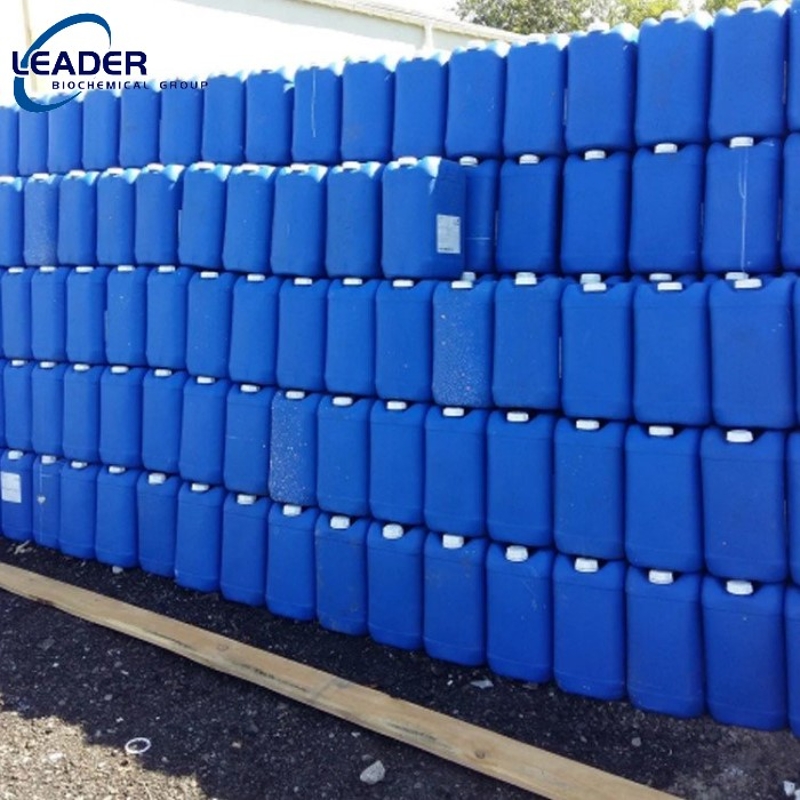Cosmetic Ingredient
- • Abrasive (124)
- • Absorbent (84)
- • Anticaking (66)
- • Anticorrosive (25)
- • Antifoaming (19)
- • Antimicrobials (290)
- • Antioxidant Ingredient (393)
- • Antiperspirant (20)
- • Antiplaque (48)
- • Anti-seborrheic (38)
- • Anti-sebum (39)
- • Antistatic (458)
- • Astringent (162)
- • Binding Agent (172)
- • Bleaching Agent (53)
- • Buffering (191)
- • Bulking (109)
- • Chelating (122)
- • Cleansing (679)
- • Cosmetic Colorant (212)
- • Cosmetic Preservative (158)
- • Denaturant (45)
- • Deodorant (98)
- • Depilatory (27)
- • Dissolving Agent (298)
- • Emollient (795)
- • Emulsifying Agent (480)
- • Emulsion Stabilising (154)
- • Exfoliating (19)
- • Film Forming (299)
- • Flavouring (72)
- • Foam Boosting (161)
- • Foaming (101)
- • Fragrance Ingredient (726)
- • Gel Forming (19)
- • Hair Conditioning (670)
- • Hair Dyeing (363)
- • Hair Fixing (36)
- • Hair Waving or Straightening (45)
- • Humectant (282)
- • Hydrotrope (92)
- • Keratolytic (20)
- • Light Stabilizer (80)
- • Moisturising Agent (50)
- • Nail Conditioning (42)
- • Occlusive (20)
- • Opacifying (119)
- • Oral Care (123)
- • Oxidising (19)
- • Perfuming (2105)
- • Plasticiser (98)
- • Propellant (19)
- • Reducing (50)
- • Refatting (12)
- • Refreshing (26)
- • Skin Cleansing (388)
- • Skin Conditioning (1751)
- • Skin Humectant (21)
- • Skin Protecting (282)
- • Smoothing (31)
- • Soothing (71)
- • Tonics (155)
- • UV Filter (34)
- • Viscosity Controlling (532)
Chemicals as Skincare Ingredients
Related News
-
Pfizer China Oncology Division Restructures Amid Executive Changes
2025-03-19 -
Price Surge Alert as Major Suppliers Increase Barium Sulfate Costs by 200 Yuan per Ton
2025-03-20 -
Shell Considers Partnering with the U.S. and Closing European Chemical Assets
2025-03-26 -
Quaker Houghton Acquires Dipsol Chemicals, Strengthening Advanced Solutions Portfolio
2025-03-27 -
AstraZeneca to Invest $2.5 Billion to Establish Global Drug R&D Center in Beijing
2025-03-25 -
Saudi Aramco CEO: Invest in downstream projects in China's energy, chemical and other fields
2025-03-28
Flavouring
-
Food Grade / 2%
-
![Melissaofficinalis,ext. buy Melissaofficinalis,ext.]()
IndustrialGrade / 99.00%
-
![Melissa officinalis, ext. buy Melissa officinalis, ext.]()
-
![Melissa officinalis, ext. buy Melissa officinalis, ext.]()
Industrial Grade / 99%
Request for quotation , get quotes from more suppliers.
-
Pharmaceutical Grade / 99%
$100/KG EXW
-
Chemical Grade / 99%
-
![MELISSA OIL buy MELISSA OIL]()
Industrial Grade / 98%
-
![MELISSA OIL buy MELISSA OIL]()
Request for quotation , get quotes from more suppliers.
-
industrial Grade / 98%
-
Pharmacy Grade / 99%
-
Food Grade / 99%
-
Pharmacy Grade / 99%
Request for quotation , get quotes from more suppliers.
Cyclohexylethyl acetate
(21722-83-8)-
Food Grade / 99%
-
![FEMA 2348 CAS NO 21722-83-8 buy FEMA 2348 CAS NO 21722-83-8]()
Industrial Grade, Feed Grade, Food Grade, Pharma Grade / 99%
$11.11/KG EXW
-
![2-cyclohexylethyl acetate buy 2-cyclohexylethyl acetate]()
-
![2-cyclohexylethyl acetate buy 2-cyclohexylethyl acetate]()
Industrial Grade / 99%
Request for quotation , get quotes from more suppliers.
Carvyl acetate
(97-42-7)-
![(-)-CARVYLACETATE buy (-)-CARVYLACETATE]()
Industrial Grade / 99%
-
![carvyl acetate buy carvyl acetate]()
-
![(-)-CARVYL ACETATE buy (-)-CARVYL ACETATE]()
-
![carvyl acetate buy carvyl acetate]()
Industrial Grade / 99%
Request for quotation , get quotes from more suppliers.
Sour orange oil
(68916-04-1)Request for quotation , get quotes from more suppliers.
-
![1-Decen-3-ol buy 1-Decen-3-ol]()
Industrial Grade / 99%
-
![1-Decen-3-ol buy 1-Decen-3-ol]()
-
![1-Decen-3-ol buy 1-Decen-3-ol]()
-
![1-Decen-3-ol buy 1-Decen-3-ol]()
Industrial Grade / 99%
Request for quotation , get quotes from more suppliers.
-
- / 99.00%
-
![Peppermint,ext. buy Peppermint,ext.]()
IndustrialGrade / 99.00%
-
![Peppermint, ext. buy Peppermint, ext.]()
Industrial Grade / 99%
-
![Peppermint, ext. buy Peppermint, ext.]()
Different Grade / 99.9%
$0.1/KG EXW
Request for quotation , get quotes from more suppliers.
Orange, sour, ext.
(72968-50-4)-
![BITTER ORANGE buy BITTER ORANGE]()
Industrial Grade / 99%
-
![Orange, sour, ext. buy Orange, sour, ext.]()
Different Grade / 99.9%
$0.1/KG EXW
-
![Orange, sour, extract buy Orange, sour, extract]()
Industrial Grade or Medical grade / 99%
-
Request for quotation , get quotes from more suppliers.
Coriander, ext.
(84775-50-8)-
![Coriander,ext. buy Coriander,ext.]()
IndustrialGrade / 99.00%
-
![Coriander, ext. buy Coriander, ext.]()
-
![Coriander, ext. buy Coriander, ext.]()
Industrial Grade / 99%
-
![Coriander, ext. buy Coriander, ext.]()
Different Grade / 99.9%
$0.1/KG EXW
Request for quotation , get quotes from more suppliers.
More Information
Fragrance is an essential characteristic of every cosmetic product, with pleasant and alluring scents being particularly effective at capturing the attention of women. However, many cosmetic ingredients lack fragrance or even have unpleasant odors. Only by adding fragrance can the natural scent of ingredients be masked.
Fragrances used in cosmetics are formulated from various types of aromatic substances in specific proportions. Liquid fragrances include essential oils, resinoids, and synthetic compounds such as methyl benzoate and ethyl benzoate, which impart aromatic scents. The typical fragrance concentration in cosmetics is usually around a fraction of a percent, ensuring a pleasant scent without being overpowering.
Common fragrance types include:
•Floral: Flowery scents reminiscent of blossoms such as roses, jasmine, or lilies.
•Fruity: Sweet and tangy aromas resembling various fruits like berries, citrus, or tropical fruits.
•Woody: Earthy and warm scents resembling woods like sandalwood, cedarwood, or patchouli.
•Oriental: Spicy and exotic fragrances with notes of musk, vanilla, or amber.

























